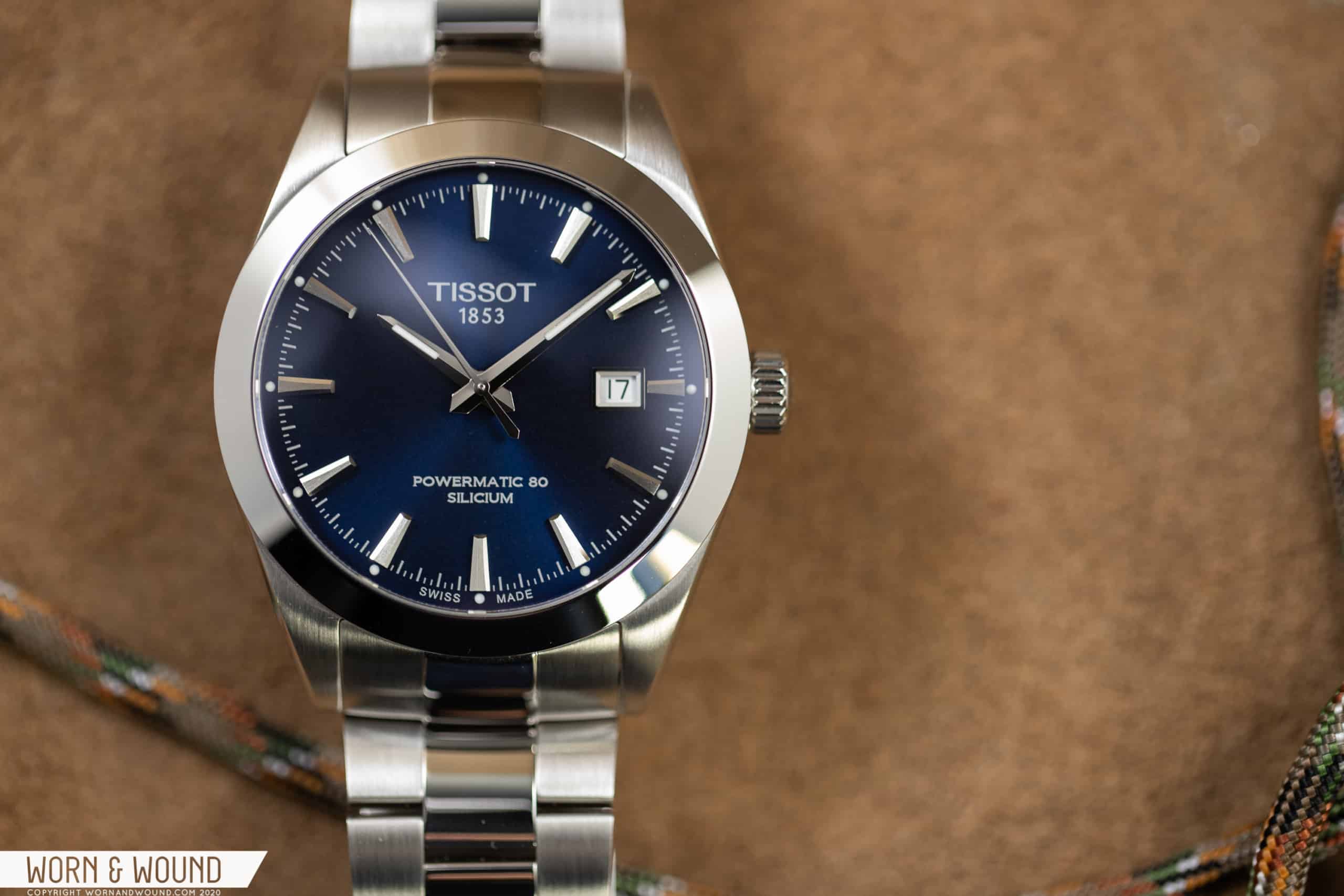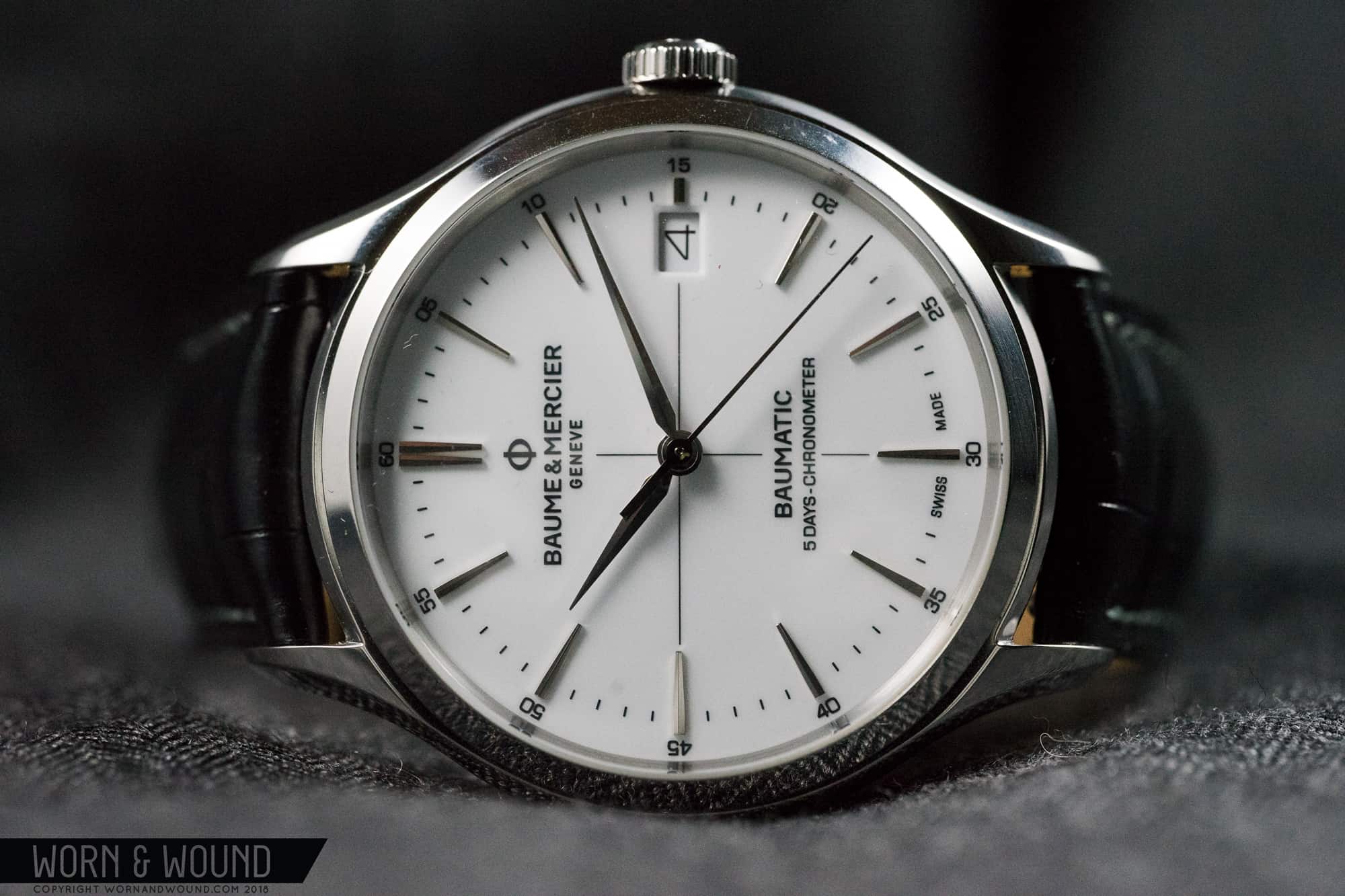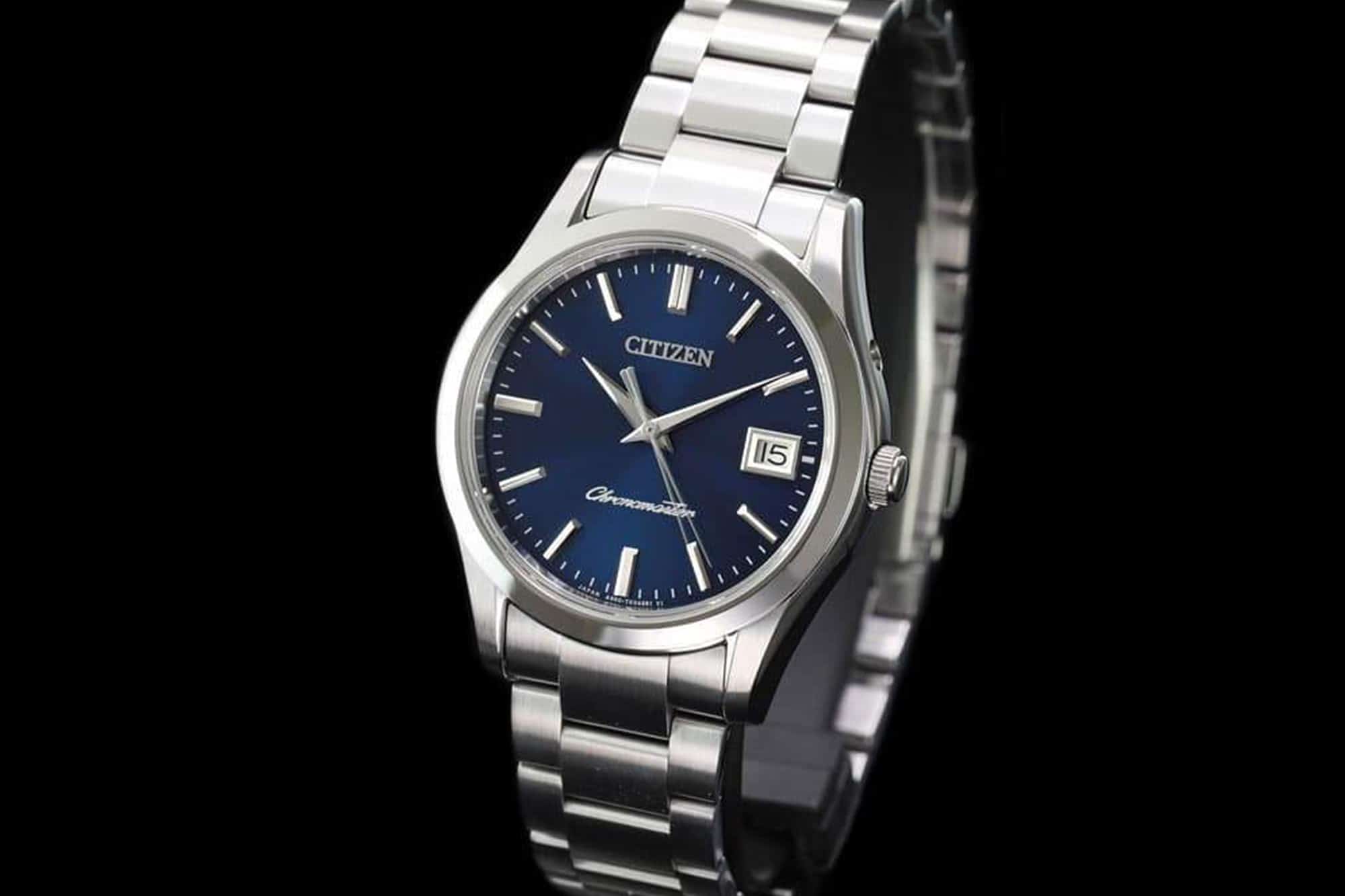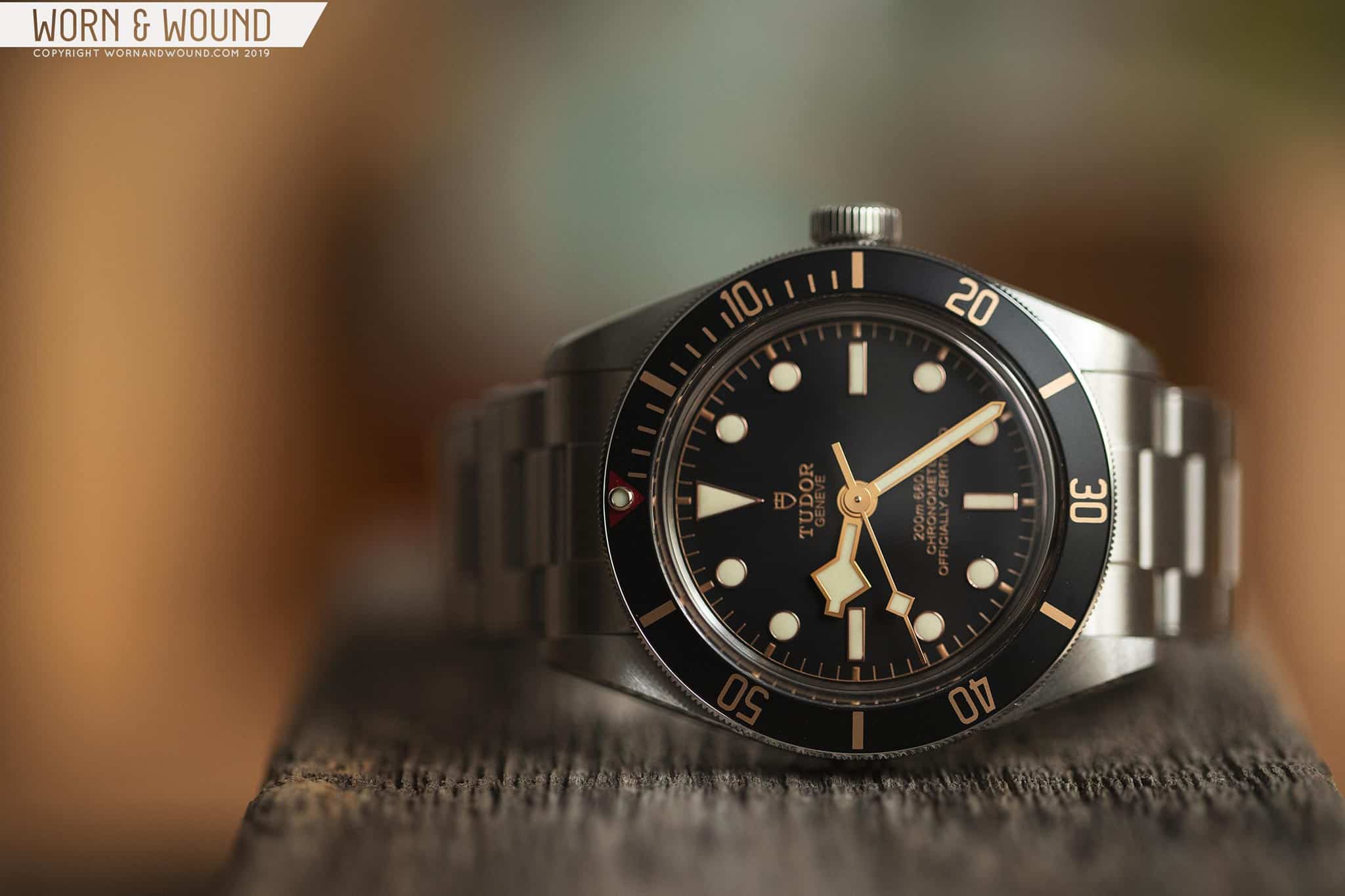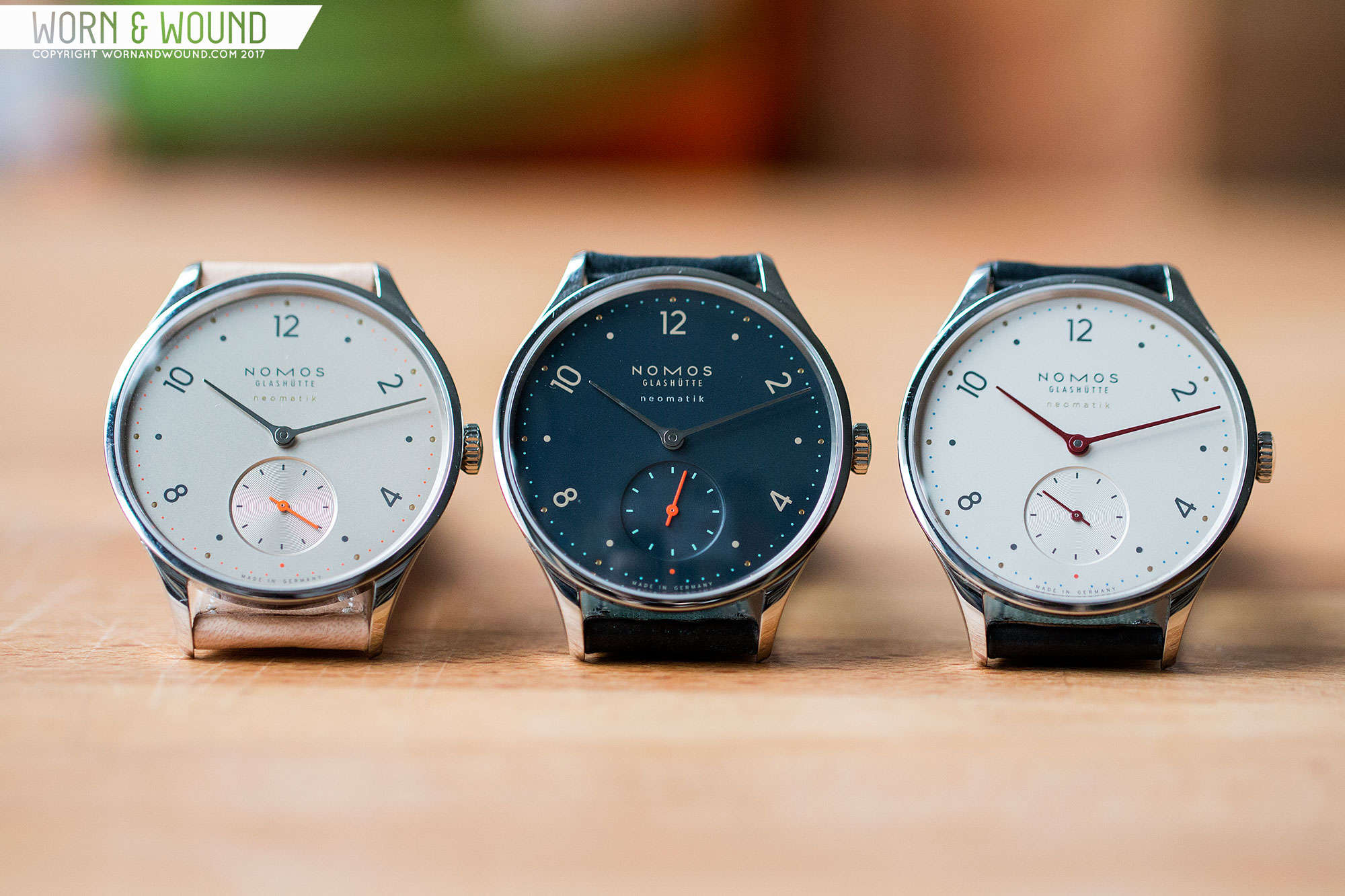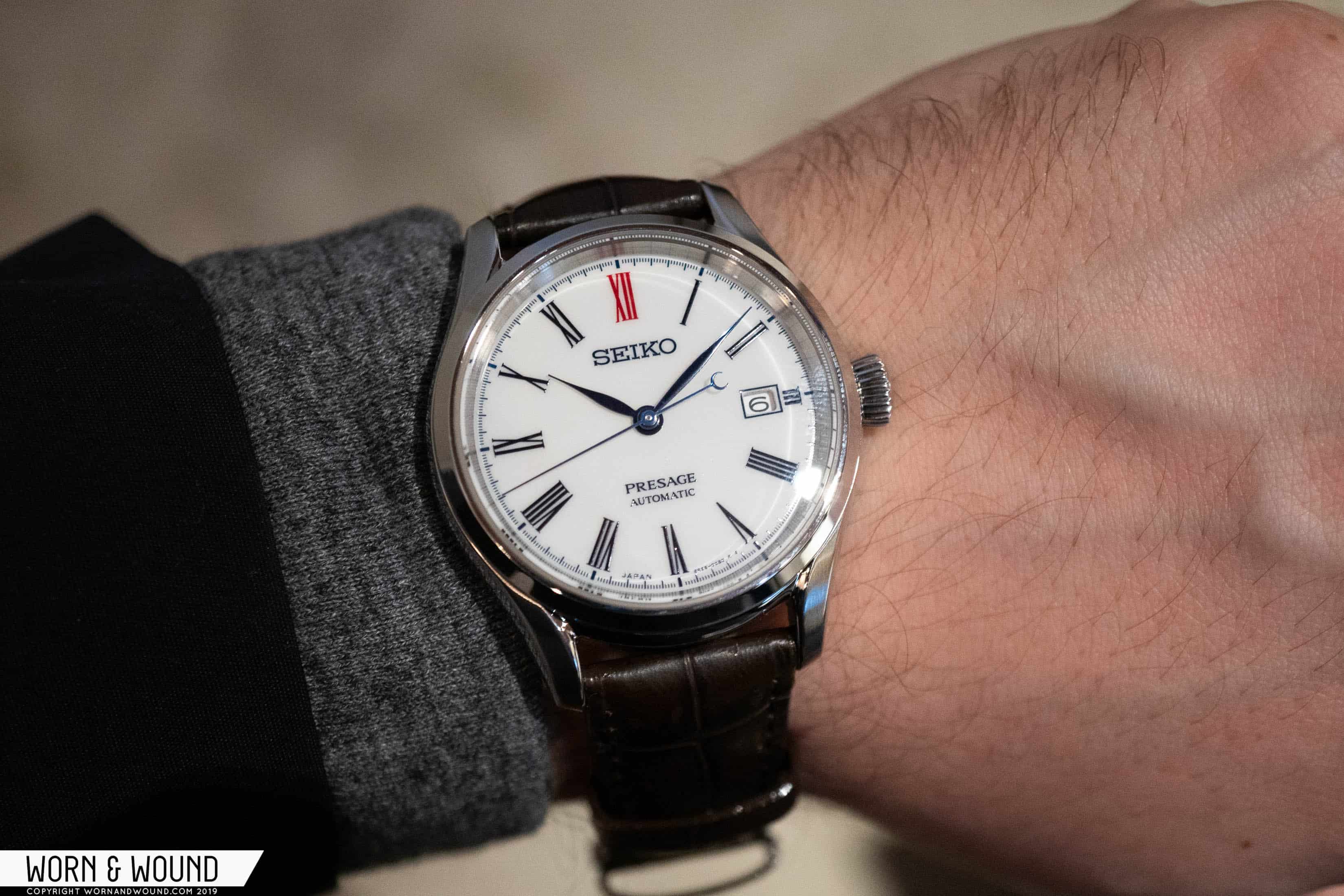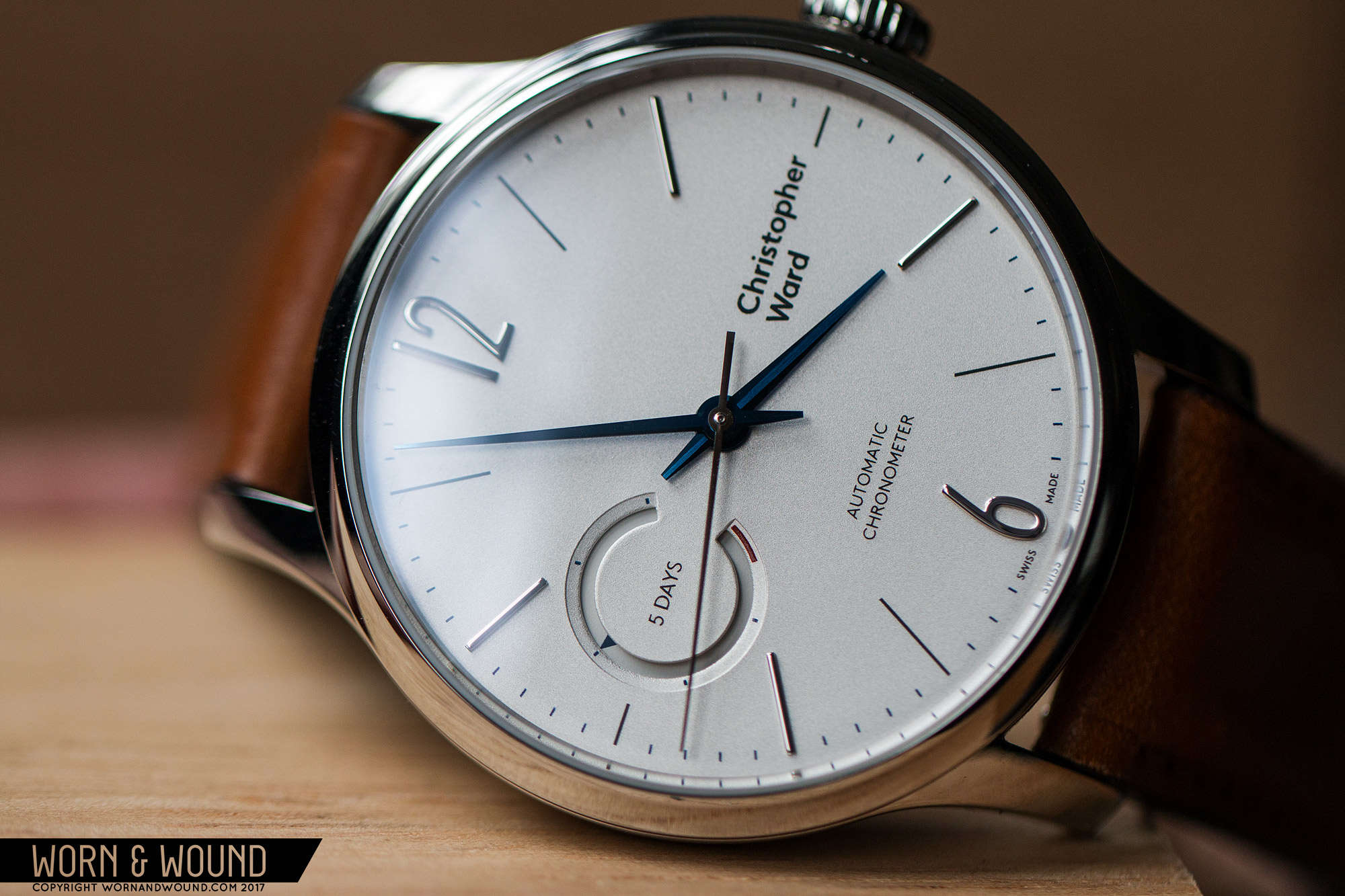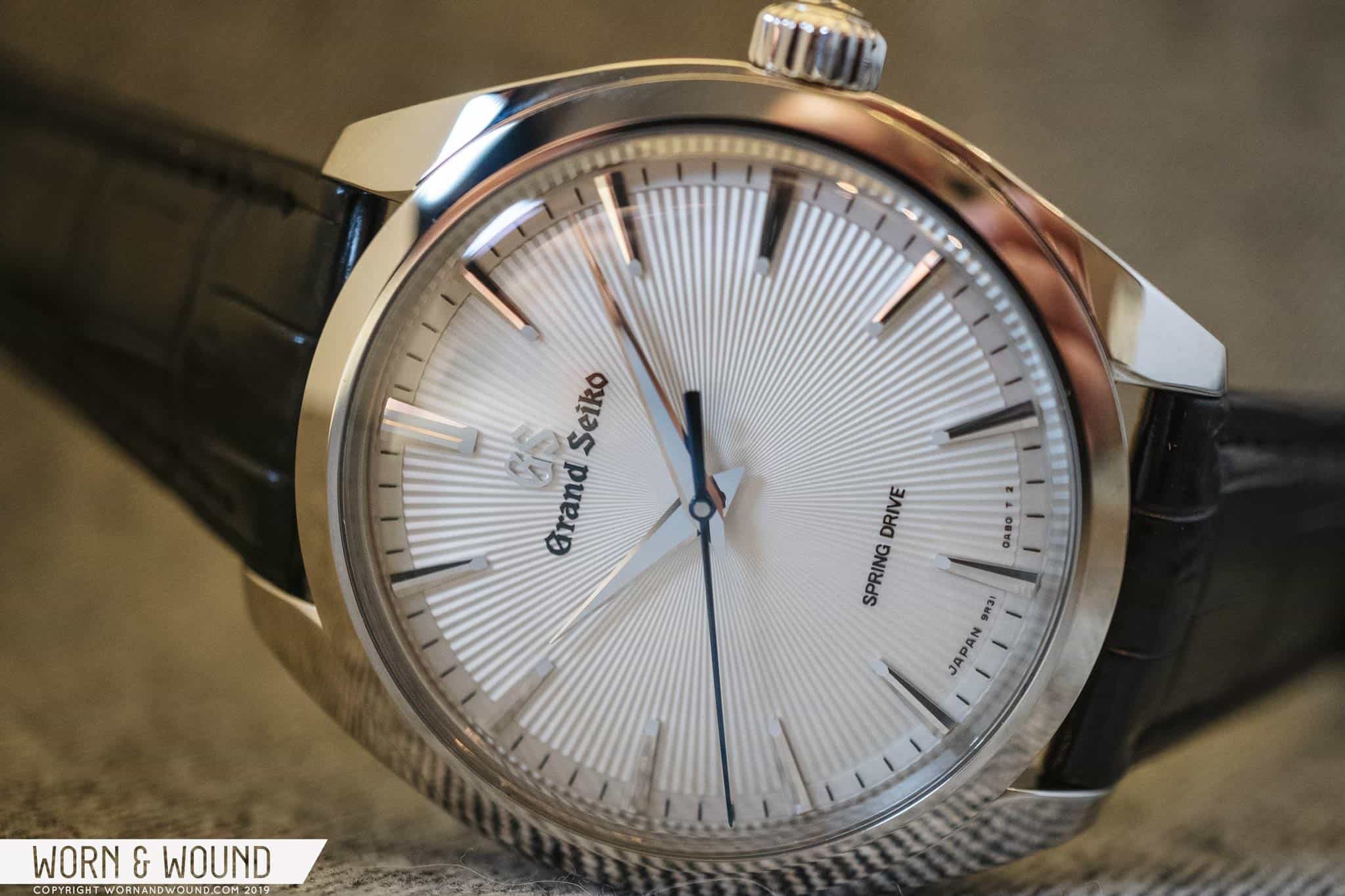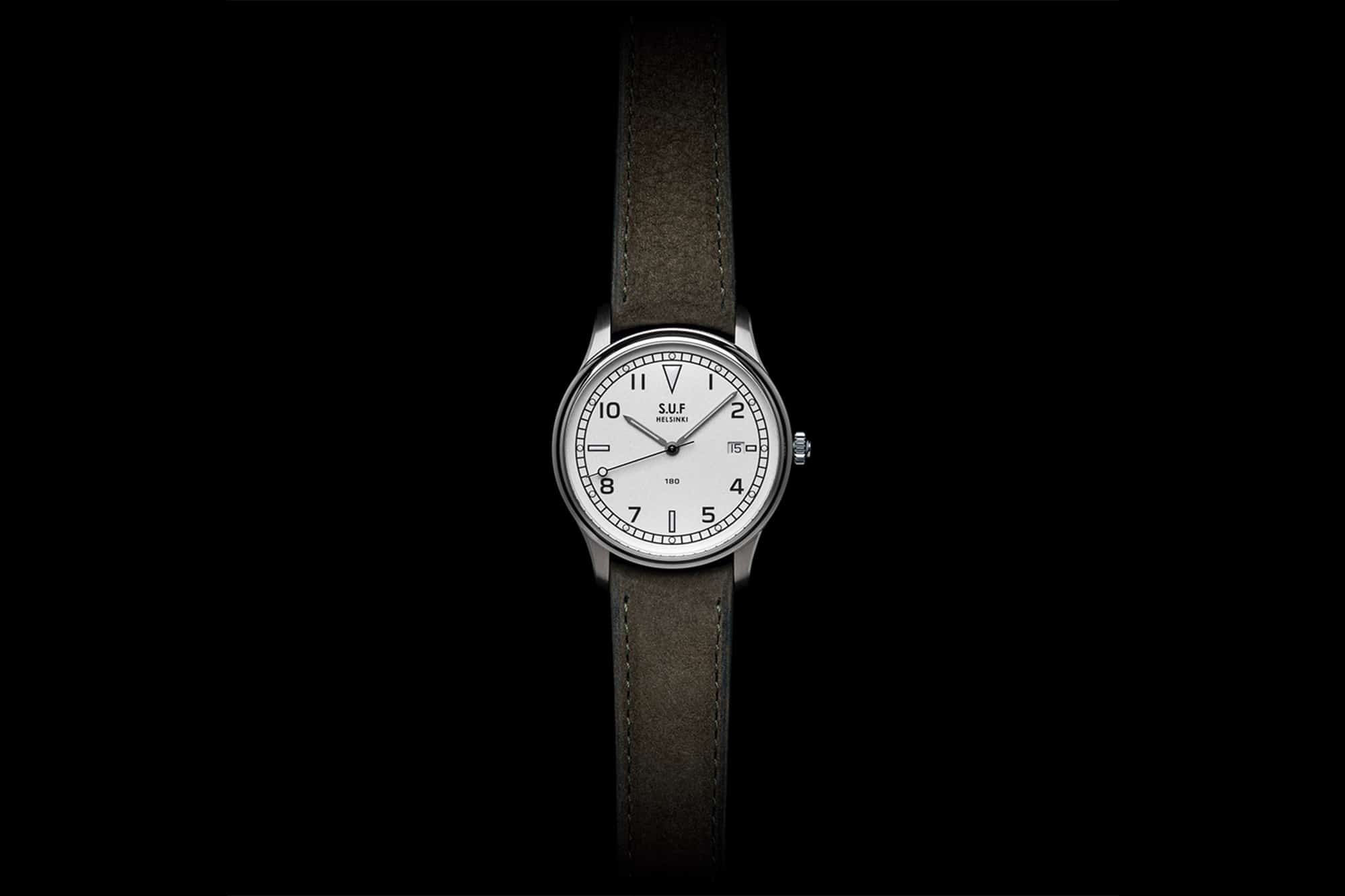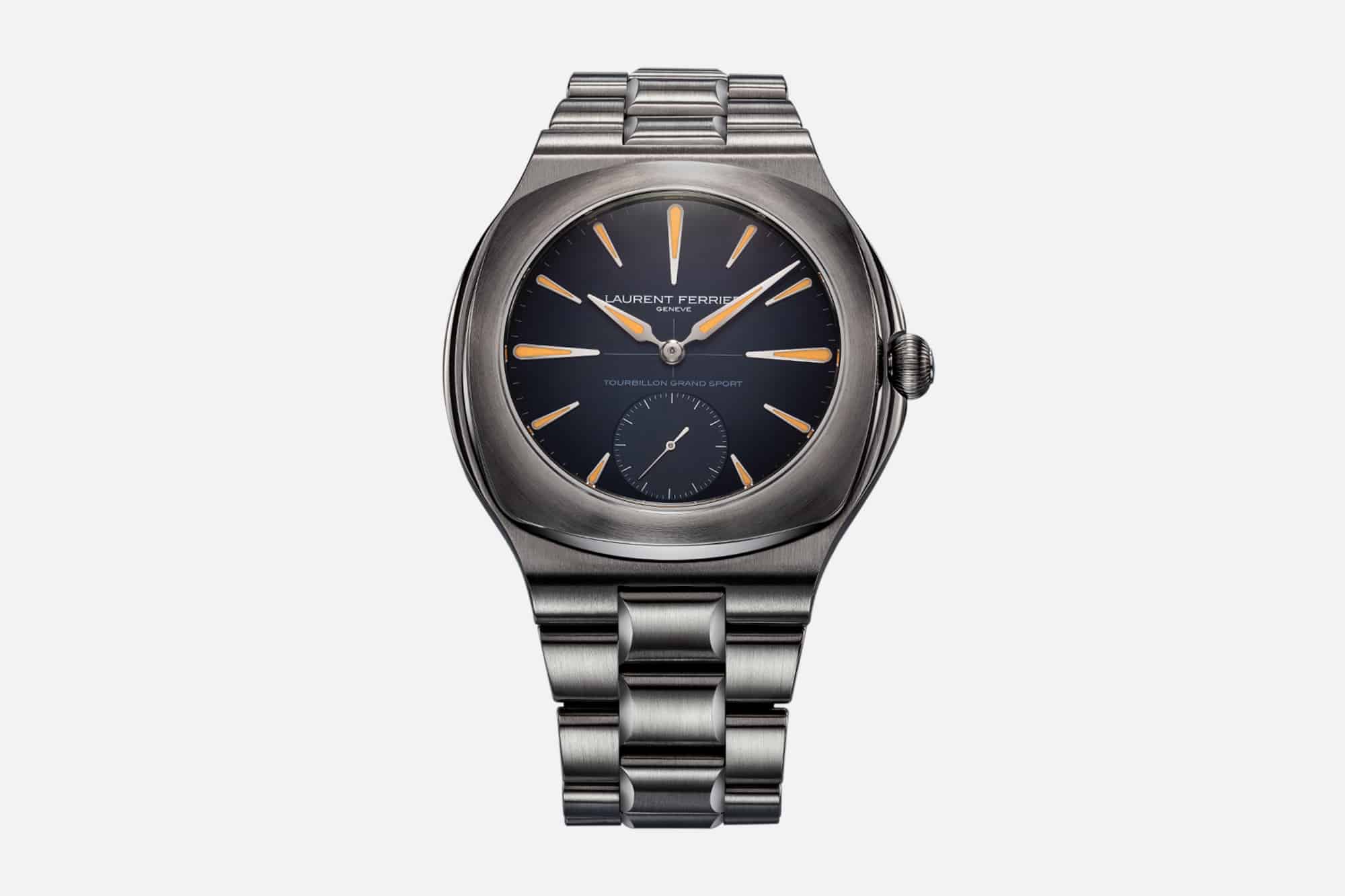When I spoke with Erik Strickland for our “Ask the Collectors” series, one of the topics we discussed was the idea of a sleeper watch. Erik’s a great collector of watches that fit into this category, and to get a sense of some of the most interesting and esoteric sleepers out there, definitely head over to his Instagram feed, and prepare to learn a lot about watches that are equally impressive and important as they are under the radar. We wanted to put together a guide in the same spirit, because there’s something undeniably appealing about a watch that does a lot, but does it in a way that doesn’t call attention to itself. And while Erik’s collection focuses mostly on sleepers of the vintage variety (and you’ll a lot more about this in an upcoming podcast episode), we think the term can also be applied to modern watches, which is what you’ll see in this guide.
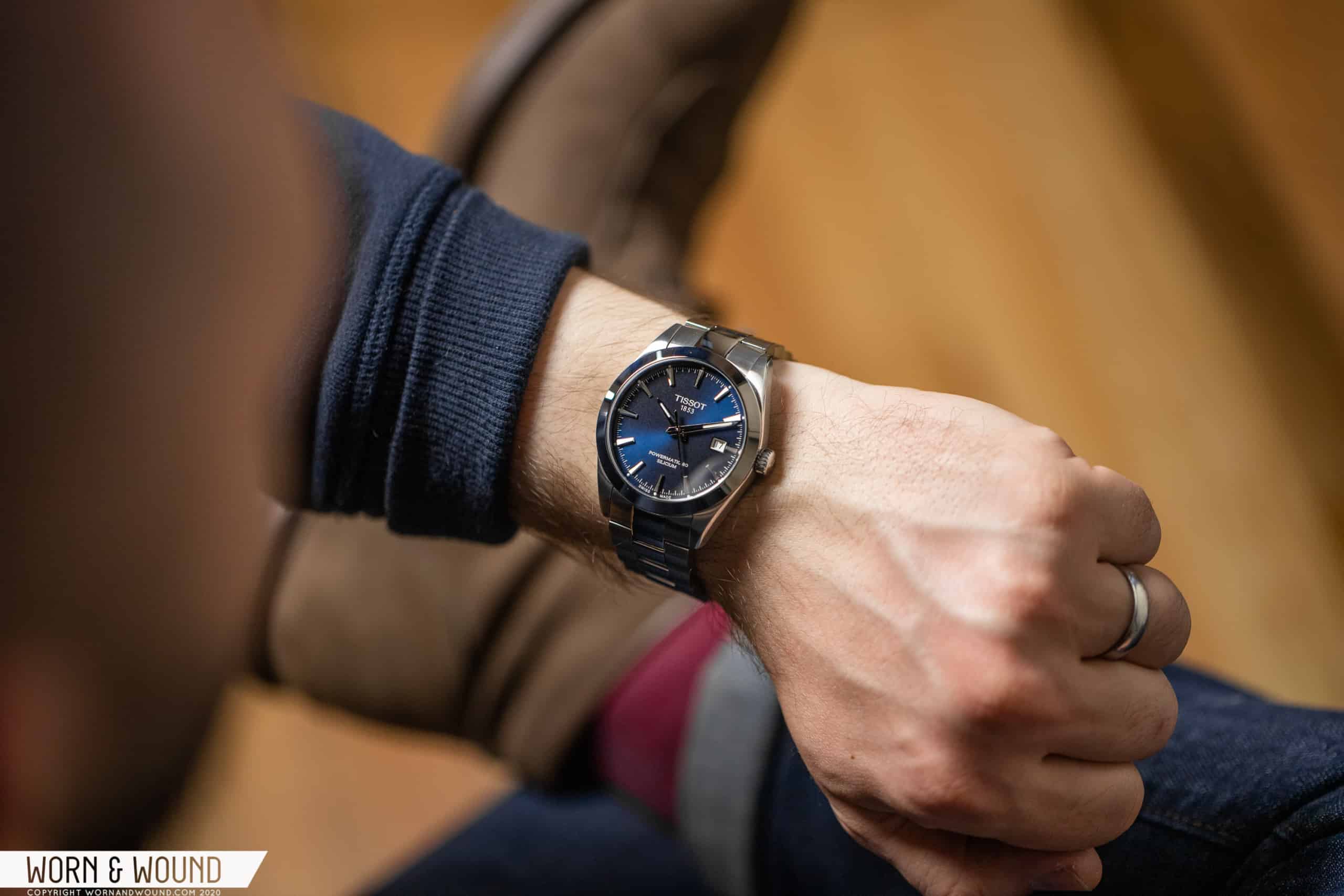
Sleepers exist in areas other than watches. In car culture, a sleeper is a vehicle that appears to be generic or unassuming, but has been modded to achieve incredible performance in a racing environment (in other words, a hustler’s dream). When it comes to watches, it might be instructive to think of some pieces that are decidedly not sleepers, either because their greatness is readily apparent, they simply draw your attention immediately from across a room, or their attributes are generally well known to most. A Patek Philippe Nautilus, for example, is not a sleeper, nor are waitlisted steel sports Rolex pieces. At the more affordable end of the spectrum, something like a Seiko in the SRP series, or the various Hamilton Khaki Field Mechanicals can be classified as most certainly not sleepers (wakers?) for their widely well understood status as excellent all-around mechanical watches in their price range – there just aren’t a lot of secrets to discover with watches like these, but it takes nothing away from their overall quality and appeal.
In this guide, you’ll find watches that are, as the subtitle says, more than meets the eye. They might be technically interesting in a way that isn’t the obvious selling point of the watch, or they could be underappreciated or misunderstood in a variety of ways. In one way or another, they’re all something other than what they first seem to be.
Tissot Gentleman Powermatic 80 Silicium
We reviewed the Tissot Gentleman Powermatic 80 Silicium back in February, and this watch’s sleeper status is relatively easy to understand, and it has everything to do with the last word in the watch’s somewhat ungainly name. This watch, on the surface, is, to be honest, fairly generic. It looks like a watch that many who aren’t deep into watches would conjure in their mind when they hear the word (this is a theme that holds true for many watches in this guide). But the movement is pretty special for a watch that sells for less than $1,000, and it’s in no way obvious from the Gentleman’s outside appearance.
Powering this Gentleman is the Powermatic 80.811, which is a modified ETA 2824. It’s those modifications though that really tick this one up a notch. The power reserve has been extended to a full 80 hours, making this piece an incredibly versatile and easy choice if you have a collection of more than a few watches that you rotate through, and the hairspring has been replaced with one of the silicon variety, giving the Gentleman some additional anti-magnetic qualities that other watches in this price range are lacking. This is a great example of tech that was at one point extremely exotic in watchmaking making its way into something at the value oriented end of the spectrum, with only the smallest bit of fanfare. Definitely a sleeper.









 Featured Videos
Featured Videos





